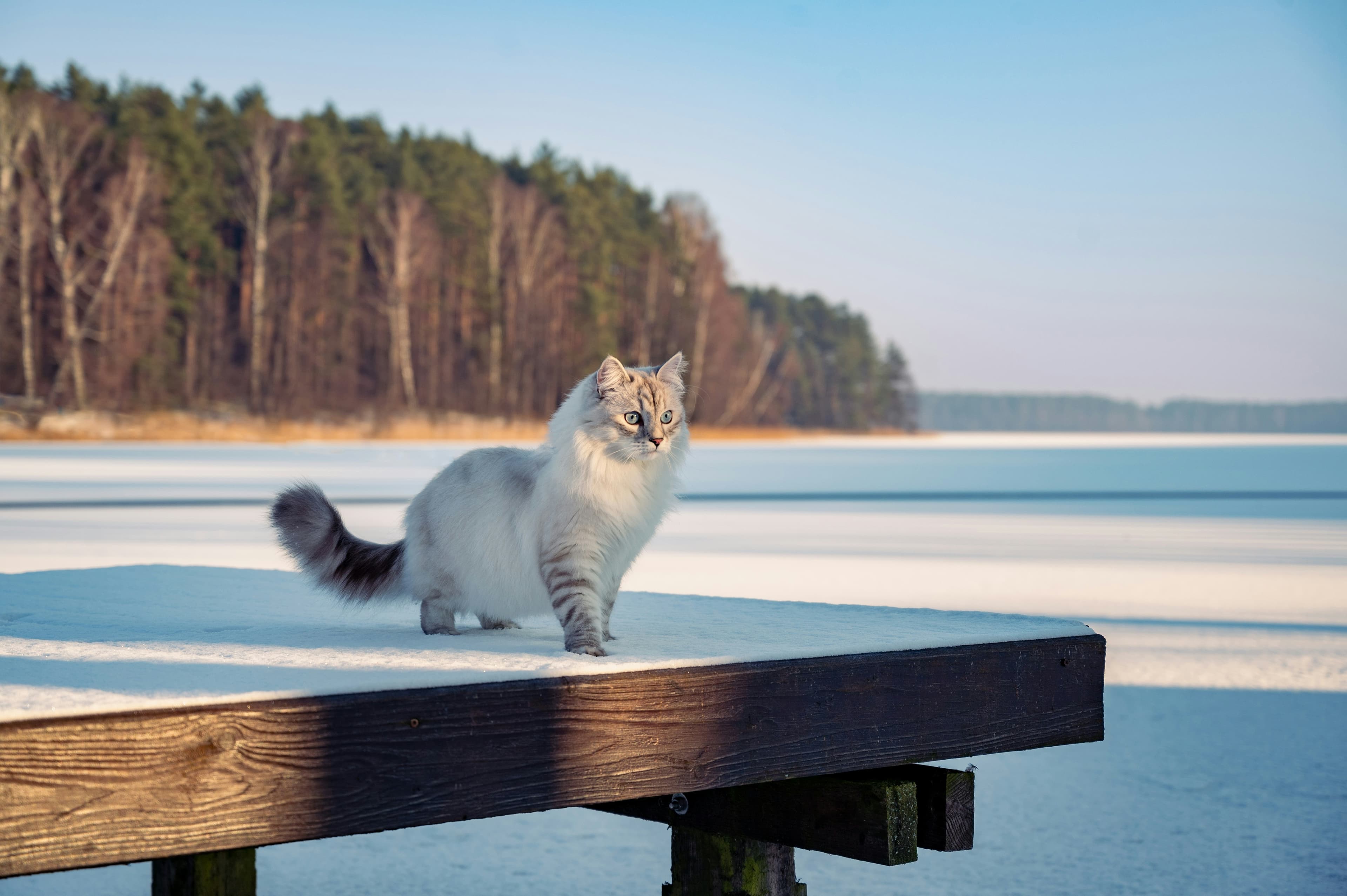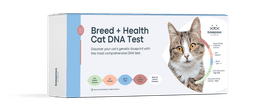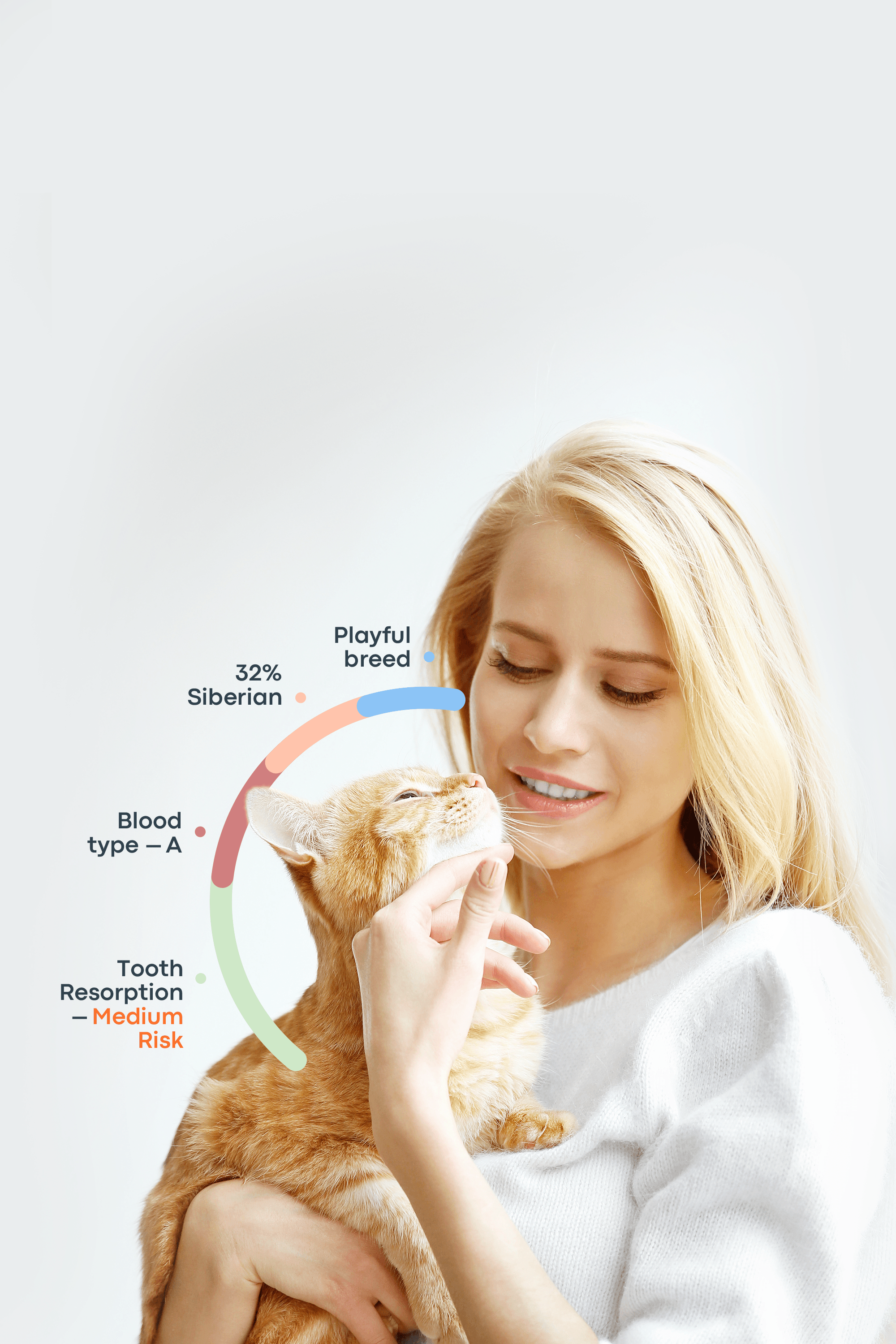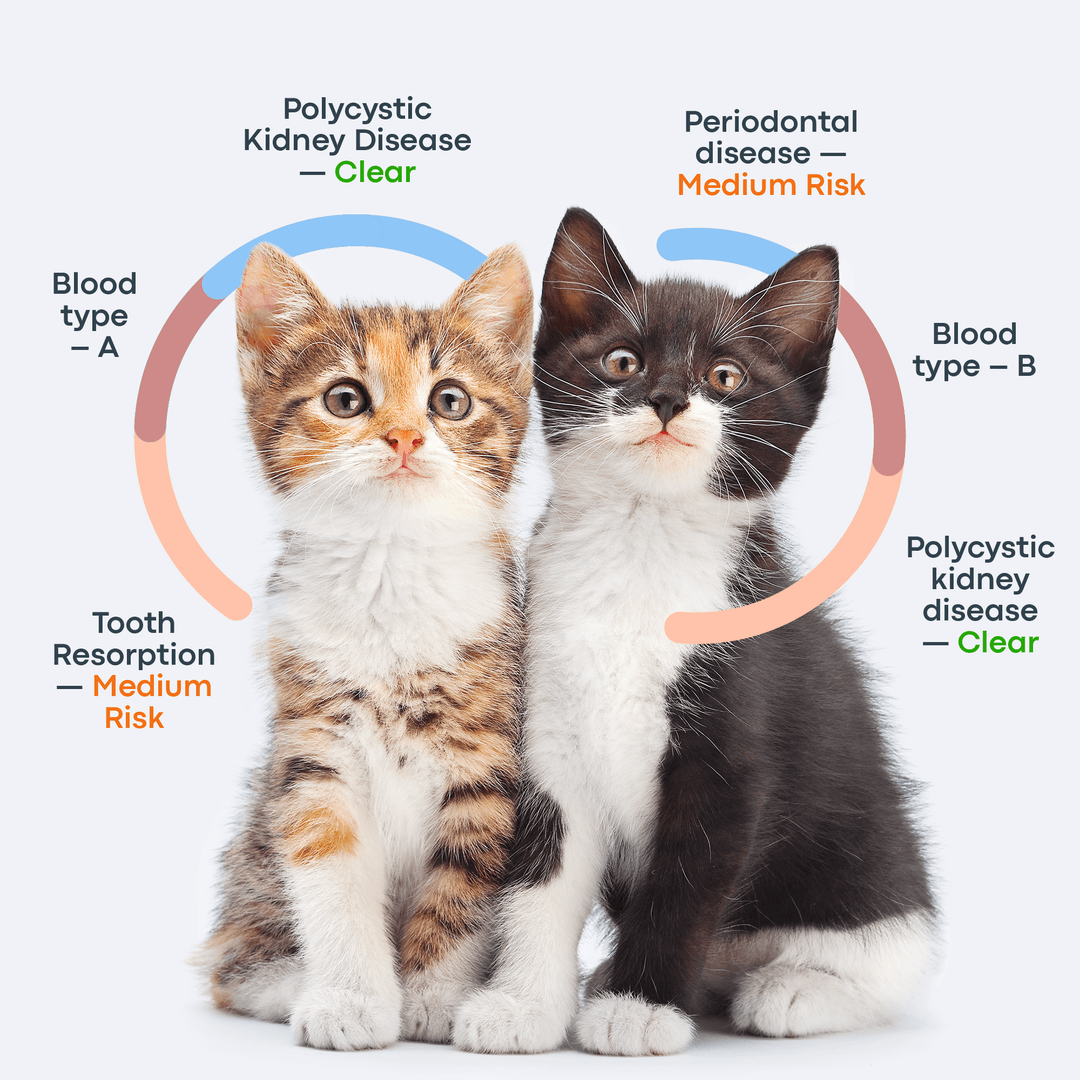You’ve probably seen photos of Siberian cats. The long-haired, fluffy, large-looking cats that almost have a regal vibe about them? Siberians. Or maybe, you know of the breed, would like to adopt one into your family, and are looking for more information. Regardless of what brought you to this article, we’re glad you’re here.
We’re discussing one of our favorite breeds -- the Siberian cat.
Breed Origins and History
Known for being fluffy and majestic, Siberian cats have a history that's just about as interesting as they are. Siberian cats originate in Russia. More specifically, they hail from the region of Siberia, which is known for its cold, harsh climate.
These cold-hardy cats are thought to have developed in the wilderness of the area, living in the dense Siberian forests and adapting to life over a number of centuries. This has earned them the alternative name “Siberian forest cat.”
In the 1990s, the breed was brought to the United States via a breeder named Elizabeth Terrell, who ran a small breeding operation out of Louisiana and had fallen in love with the cats.
In Russia, however, the Siberian cat craze had been in full swing for quite some time by the time it reached the USA. In fact, the earliest mention of Siberian cats as domestic pets had been in the 1870s, when a cat show featured the breed. In 1889, descriptions of Siberian cats were found in a novel called “Our Cats and All About Them,” written by cat expert Harrison Weir.
Siberian cats have also had a profound impact on Russian folklore and fairytales, with mentions of them appearing in old legends of the mythical Cat Bayun, a large, fluffy cat that sits on a gold pillar located between the worlds of Life and Death. He is said to be a guide between these two worlds, and has the uncanny ability to lull humans into a trance-like sleep with his singing and purring.
Physical Characteristics
Siberian cats are distinct in appearance. From their long, fluffy coats to their large eyes, they are easy to recognize and much loved among the pet community.
Siberian cat size, weight, and build
This breed is on the large side. Each cat weighs from 15 to 20 pounds and males are slightly larger. Some healthy males can weigh up to 25 pounds. Both males and females range from 17 to 25 inches long.
They have muscular bodies with short legs and necks. Their back legs are longer than their front legs, which aids them with jumping and bounding through the deep snow of their home country. The sweet expression that’s often seen on their face is lent to the shape of their head: wedge-like with rounded corners, paired with short muzzles.
Eyes
One of the most prominent Siberian cat traits is their eyes.
The eyes of the Siberian cat are moderately sized and almost round in shape. They come in a variety of colors, the most intriguing being the various shades of gold, green, green-gold, and copper. Some cats have “odd eyes,” which means that they have two different colored eyes. This is called heterochromia and is most common in white cats of all breeds.
Coat
To keep it warm in its natural habitat, the Siberian cat has a triple layered coat. As pets, though, this coat doesn’t serve the same purpose. Instead of being used for protection from the elements, this extra, thick, medium to long coat, serves as one of the many features that makes us love this breed.
It’s made up of three distinct layers: down, awn, and guard hairs.
The down layer, which is the layer closest to the cat’s skin, is made of soft, wooly hairs similar to the feel of down on ducklings. The awn layer (the middle layer), is made of thin, wavy hairs. The top layer is made of coarse, straight hairs that have a natural ability to repel water.
This cat’s coat comes in a wide variety of colors and patterns. The distinct white markings that are present on many of their coats are not universal; some don't have any at all. It’s also fairly common to find a pure white or pure black Siberian cat.
Siberian Cat Personality and Temperament
In the words of PetMD, Siberian cats are “gentle, adaptable, and incredibly smart” -- and we’d have to agree! These cool cats are not only nice to look at, but they also make great pets thanks to their docile and curious nature.
While almost all Siberian cats make a good family pet, they do have their own distinct personalities like any other creature does. Some are content to hang out with their human family and get some back scratches, while others would prefer to hunt mom’s slippers or swat at the family hamster.
Due to the natural nature of being hunters, they are also very smart. They have learned to hunt for their food and survive in the wilderness, which makes them good problem solvers and quick learners. They can be taught to do tricks and play games like “fetch,” and enjoy spending time being active by running, jumping, and playing.
They are said to be the “dog for cat lovers,” because they are a breed of cat that sometimes acts like a dog. Like a dog, they are loyal to their human companions and aren’t shy to show affection. Adding to the similarities they have with dogs, many Siberian cats like water. That’s right -- they enjoy playing in water and swimming.
Other fun activities for Siberian cats can include puzzle feeders, going for walks on the leash, climbing, and catios. Consider an indoor cat climbing wall, if you have the space. Your Siberian would love it!
Perhaps the most quirky thing about these cats is the sounds they make. Siberian cats are known for making unique trills and chirps that charm their owners and the rest of the cat-lovers community.
Compatibility with Children and Other Pets
If you’re looking for a cat that won’t shy away from your toddler or large dog, you’ve found the cat for you. Siberian cats make good companions for every member of the family– both furry and not. They are friendly enough to remain gentle when the baby pulls their tail, but will also stand up for themselves if they get tired of the dog trying to chase them.
You could say that they are the perfect blend of kind and assertive.
Health Concerns
Hypertrophic cardiomyopathy (HCM) is a popular ailment for the Siberian cat. HCM is a heart condition that makes it hard for the heart to properly pump blood. Symptoms of HCM include fatigue, leg and foot swelling, labored or open-mouth breathing, lethargy, and fainting.
Other concerns include bone fractures and breakage from jumping, and obesity.
Grooming
Siberian cats need regular, weekly brushing, and it’s a good idea to get them used to it while they are young. During their shedding seasons (spring and fall), they will require daily brushing sessions to help them rid themselves of their thick undercoat.
Nail trims should be performed as needed, taking care not to cut the nails’ quicks and cause your furry friend pain.
Diet
Dr. Jack Ayerbe of Vetslovepets.com recommends Siberian cats to be given a diet that is high in protein and low in carbs. Since they are natural hunters, a meat-based diet satisfies their needs the best. Look for food that includes fish, turkey, and chicken and avoid foods that are full of filler such as rice and corn, as Siberian cats can easily become obese. Their food should also contain omegas 3 and 6, which help to support their shiny coats. A mix of wet and dry food is ideal, as wet food helps to maintain your cat’s hydration.
Adult cats can thrive off of one meal per day, as long as they have 24/7 access to fresh water. A Siberian cat kitten should be fed 3-4 small meals per day.
Conclusion
A Siberian cat is a good choice for most people and their families. They are beautiful, friendly, and have plenty of energy to spare. In addition, they are low-maintenance and live relatively long lives.
What more could you ask for in a cat?
Frequently Asked Questions
Do Siberian cats shed?
Yes, Siberian cats do shed. While they are not considered low-shedding, their shedding tends to be more moderate compared to some other breeds. Regular grooming, especially during seasonal changes, helps manage loose hairs and prevents matting.
Are Siberian cats cuddly?
Yes, they can be! This breed tends to love cuddles.
Is my Siberian cat hypoallergenic?
No cat is fully hypoallergenic, as all cats produce some level of allergens. However, Siberian cats are known to produce lower levels of the allergen Fel d 1, making them a better option for allergy sufferers. Always consult your veterinarian if you have concerns about allergies.
What is the average Siberian cat lifespan?
The average lifespan is 10-18 years.
Is a Siberian an outdoor cat?
Domesticated Siberian cats are not outdoor cats and can do well as indoor pets.
Are Siberian domestic cats feral?
No, they have largely been domesticated.



